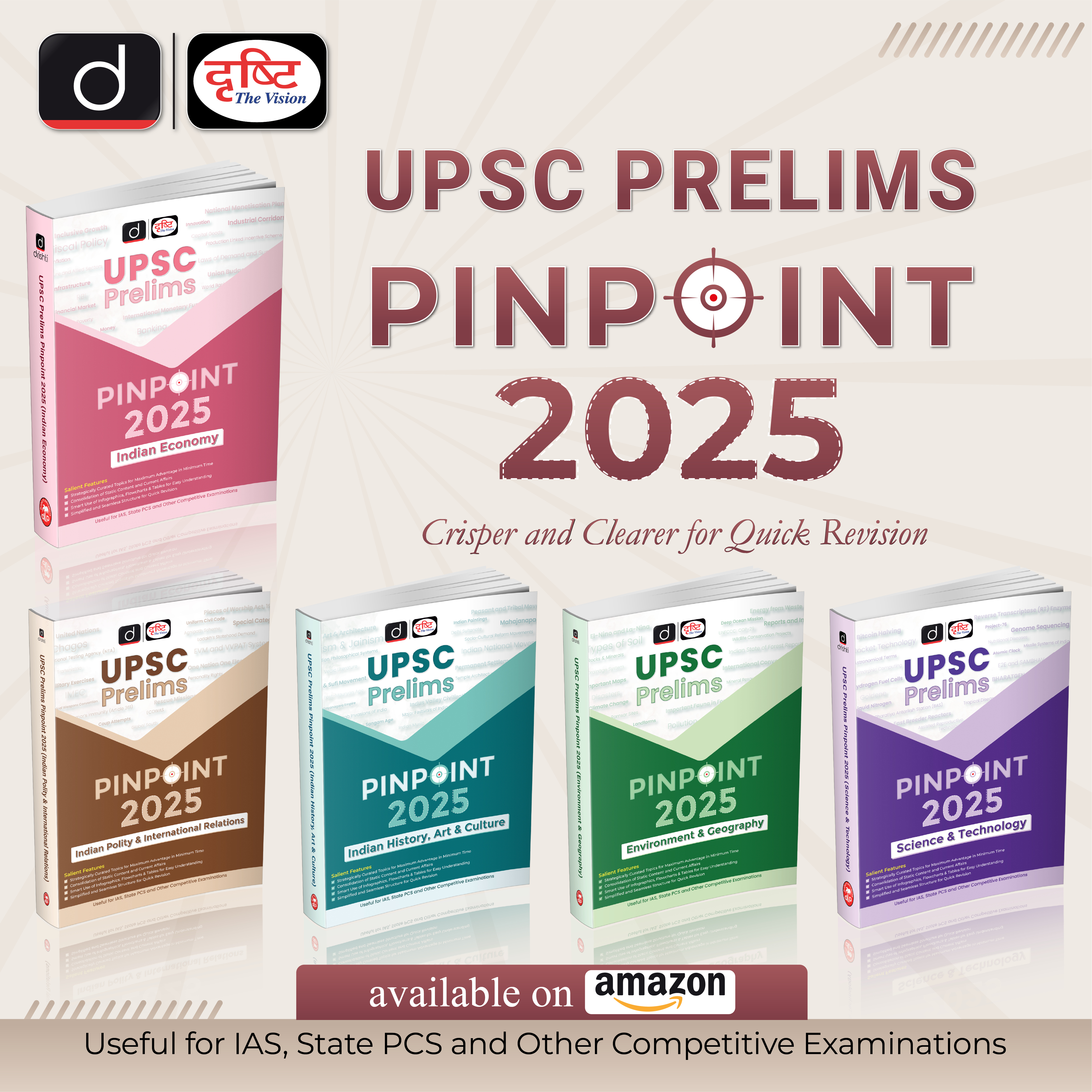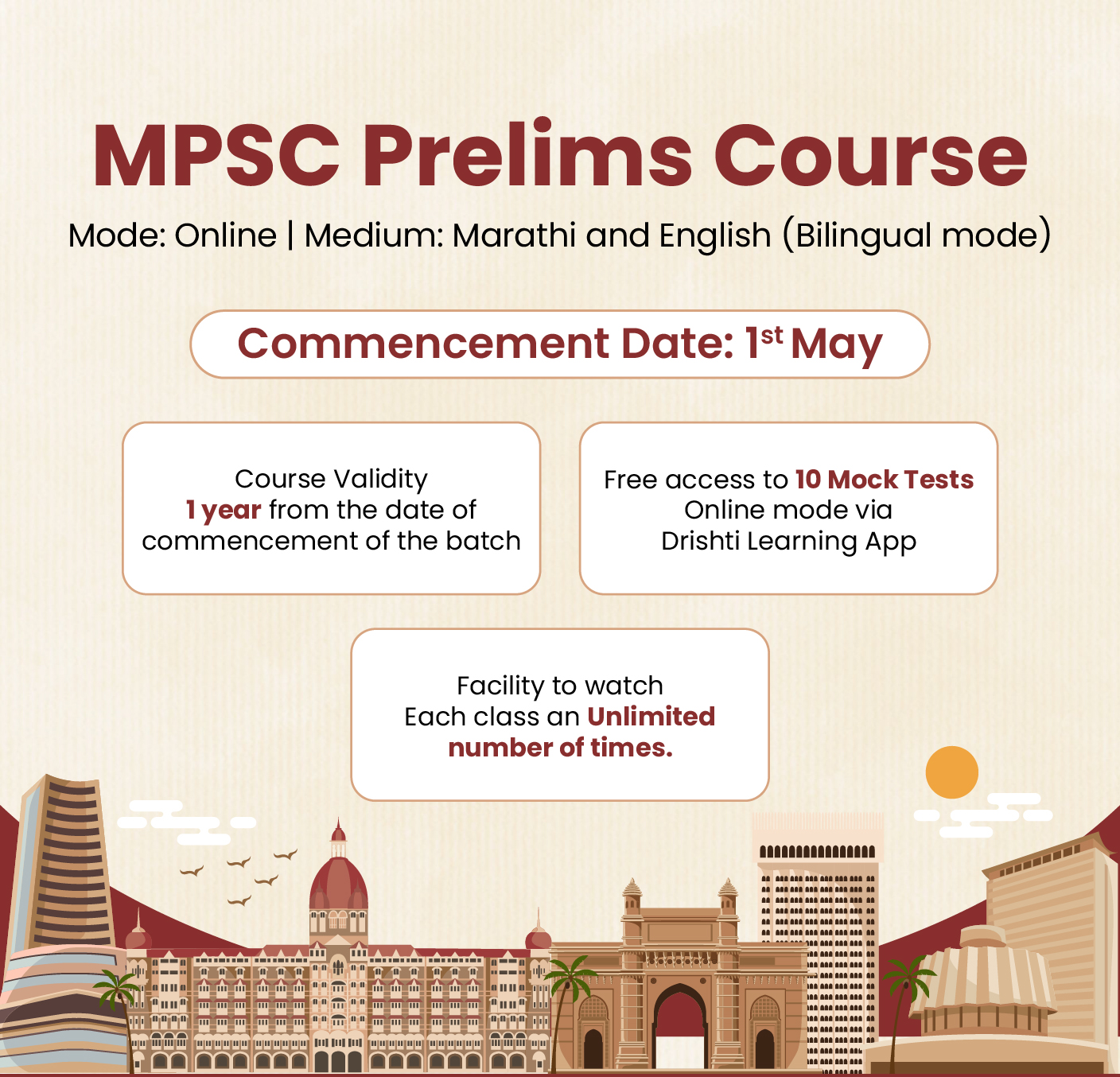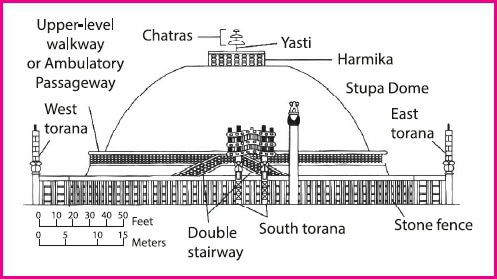Uttar Pradesh Switch to Hindi
Bulldozer Justice
Why in News?
Recently, the Supreme Court of India (SC) criticized the practice of "bulldozer justice," highlighting that demolishing properties based on criminal allegations against individuals or their family members violates the rule of law.
Key Points
- "Bulldozer justice" refers to the practice of demolishing the property of individuals suspected of criminal activities or involvement in riots using bulldozers, often without adhering to due legal process.
- This practice has been reported in several Indian states, including Uttar Pradesh, Delhi, Madhya Pradesh, Gujarat, Assam, and Maharashtra.
- Demolitions are often justified under municipal laws for encroachment or unauthorized construction.
- This practice bypasses due process requirements outlined in Supreme Court judgments such as Sudama Singh & Ors. vs Government of Delhi and Ajay Maken & Ors vs Union of India.
- The SC has recently condemned this practice, emphasizing that demolishing properties based on accusations violates the rule of law and due process of law.
- The SC has invited suggestions from the parties concerned to frame appropriate pan-India guidelines on extra-legal demolitions.
- An analysis has identified that procedural guidelines should be incorporated into relevant legislation and rules, structured in a phased manner with multiple checkpoints at each stage to ensure all necessary steps are followed before taking any adverse or irreversible actions.
- Pre-Demolition Phase:
- Burden of Proof: Shift the burden of proof to the authorities to justify demolition and displacement, ensuring protection of human rights.
- Notice and Publicity: Provide a reasoned notice with information about land records and resettlement plans, and give ample time for affected individuals to respond.
- Independent Review: An independent committee with judicial and civil society representatives should review proposed demolitions, particularly in neighborhoods.
- Engagement and Planning: Engage affected individuals in discussions about alternative housing and compensation, addressing the needs of vulnerable groups. Allow a minimum of one month between notice and demolition.
- During Demolition:
- Minimization of Force: Avoid the use of physical force and heavy machinery such as bulldozers.
- Official Presence: Ensure the presence of government officials not involved in the demolition to oversee the process.
- Scheduled Timing: Demolition times should be pre-decided to prevent surprise actions.
- Post-Demolition (Rehabilitation):
- Rehabilitation: Provide adequate temporary or permanent housing solutions to ensure no one is left homeless.
- Grievance Redressal: Establish a speedy grievance redress mechanism for affected individuals to challenge demolition decisions.
- Remedies: Ensure remedies such as compensation, restitution, and possible return to original homes.
- Pre-Demolition Phase:
Uttarakhand Switch to Hindi
Government’s Crackdown on Alleged Love Jihad and Land Jihad
Why in News?
Recently, the Uttarakhand government has initiated action against Love Jihad, Land Jihad, and forced conversions, amid rising concerns over demographic changes in the state.
Key Points
- Concerns over demographic changes were highlighted, especially in regions such as Purula, Dharchula, and Nandnagar.
- Uttarakhand’s Population: Approximately 11.1 million, with Hinduism being the dominant religion (82.97%), followed by Islam (13.95%) and Christianity (0.37%) according to Census 2011 and 2023 projection estimates.
- While the state is experiencing urban migration and growth, concerns over demographic changes have heightened tensions, particularly in religiously sensitive areas.
- The Uttarakhand Freedom of Religion Act, 2018:
- This law requires people who convert religions to declare that the conversion was not done through force, coercion, or other fraudulent means.
- It also allows the authorities to declare marriages null and void if they were performed solely to convert a girl from one religion to another.
- Stringent Provisions: The Act makes unlawful religious conversion a cognizable and non-bailable offense, criminalizing conversion through force, greed, or fraud.
- Greater Punishment: Offenders can face a jail term ranging from a minimum of 3 years to a maximum of 10 years for illegal religious conversion.
- Higher Fines: A mandatory fine of Rs.50,000 is imposed, with offenders potentially paying up to Rs.5 lakhs as compensation to the victim
- This law requires people who convert religions to declare that the conversion was not done through force, coercion, or other fraudulent means.
Madhya Pradesh Switch to Hindi
Sanchi Stupa
Why in News?
Recently, India’s External Affairs Minister visited the replica of the East Gate of Sanchi Stupa standing in front of Humboldt Forum museum in Berlin, Germany.
Key Points
- Construction of Sanchi Stupa: It was built by Ashoka in the third century BC.
- Its construction was overseen by Ashoka’s wife Devi, who hailed from the nearby trading town of Vidisha.
- The development of the Sanchi complex was supported by patronage from Vidisha’s mercantile community.
- Expansion: During the 2nd century BC (Shunga period), the stupa was enlarged with sandstone slabs, a circumambulatory walkway, and a harmika with a chattra (umbrella).
- From the 1st century BC to the 2nd century AD, four stone gateways or toranas were added, adorned with detailed carvings depicting Buddhist iconography and stories.
- Rediscovery of Sanchi Stupa: It was in abject ruins when it was discovered by British officer Henry Taylor in 1818.
- Alexander Cunningham led the first formal survey and excavations at Sanchi in 1851.
- Preservation Efforts: In 1853, Sikander Begum of Bhopal offered to send Sanchi gateways to Queen Victoria, but the removal plans were delayed due to the 1857 revolt and transportation issues.
- In 1868, the Begum renewed the offer, but the colonial authorities declined it, opting for in-situ preservation. A plaster cast of the eastern gateway was created instead.
- The site was restored to its present condition by Archaeological Survey of India (ASI) director-general John Marshall in the 1910s with funding from the begums of nearby Bhopal.
- Marshall’s efforts led to the creation of a museum in 1919 at the site to preserve artefacts and manage conservation.
- Architecture of Sanchi Stupa:
- Anda: It is a hemispherical mound built on earth.
- Harmika: Square railing on top of the mound. It is believed to be the living place of god.
- Chattra: It is the umbrella built on the top of the dome.
- Yashti: It is the central pillar supports a triple umbrella structure called chattra.
- Railing: It surrounds the stupa, demarcating the sacred area and providing a physical boundary between the holy space and the external environment.
- Pradakshinapatha (Circumambulatory Path): It is a walkway around the stupa that allows devotees to walk in a clockwise direction as a form of worship.
- Torana: Torana is a monumental gateway or entrance structure in Buddhist stupa architecture.
- Medhi: It refers to the base which forms a platform on which the main structure of the stupa stands.
- UNESCO Recognition: Sanchi Stupa was inscribed as a UNESCO World Heritage site in 1989.








%20MPPCS%202025%20Desktop%20E.jpg)
%20MPPCS%202025%20Mobile%20E%20(1).jpg)










.png)
.png)











 PCS Parikshan
PCS Parikshan


